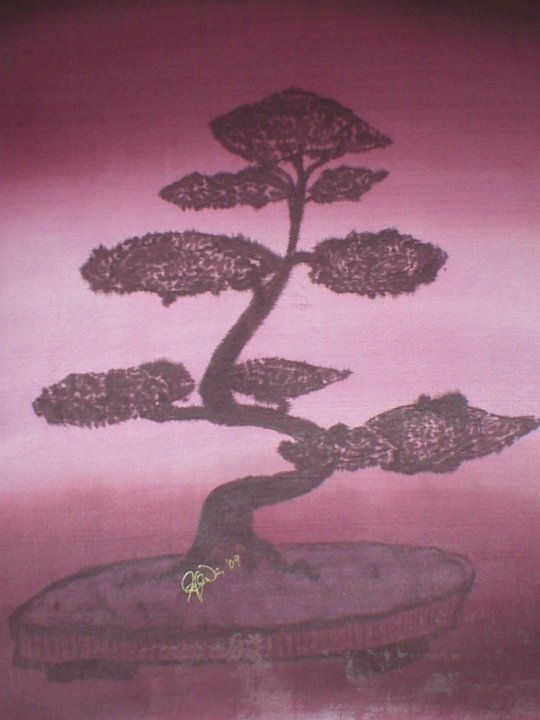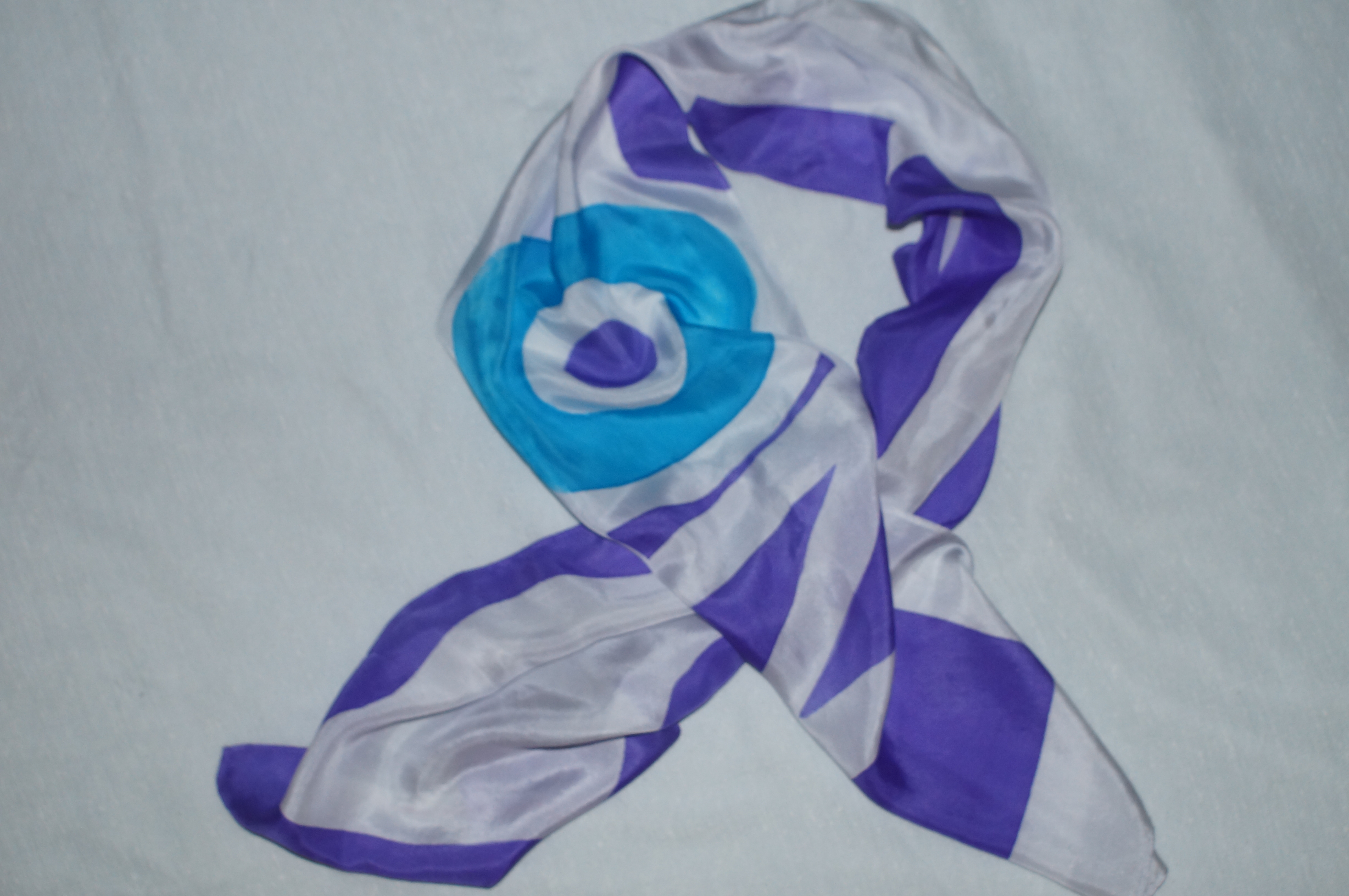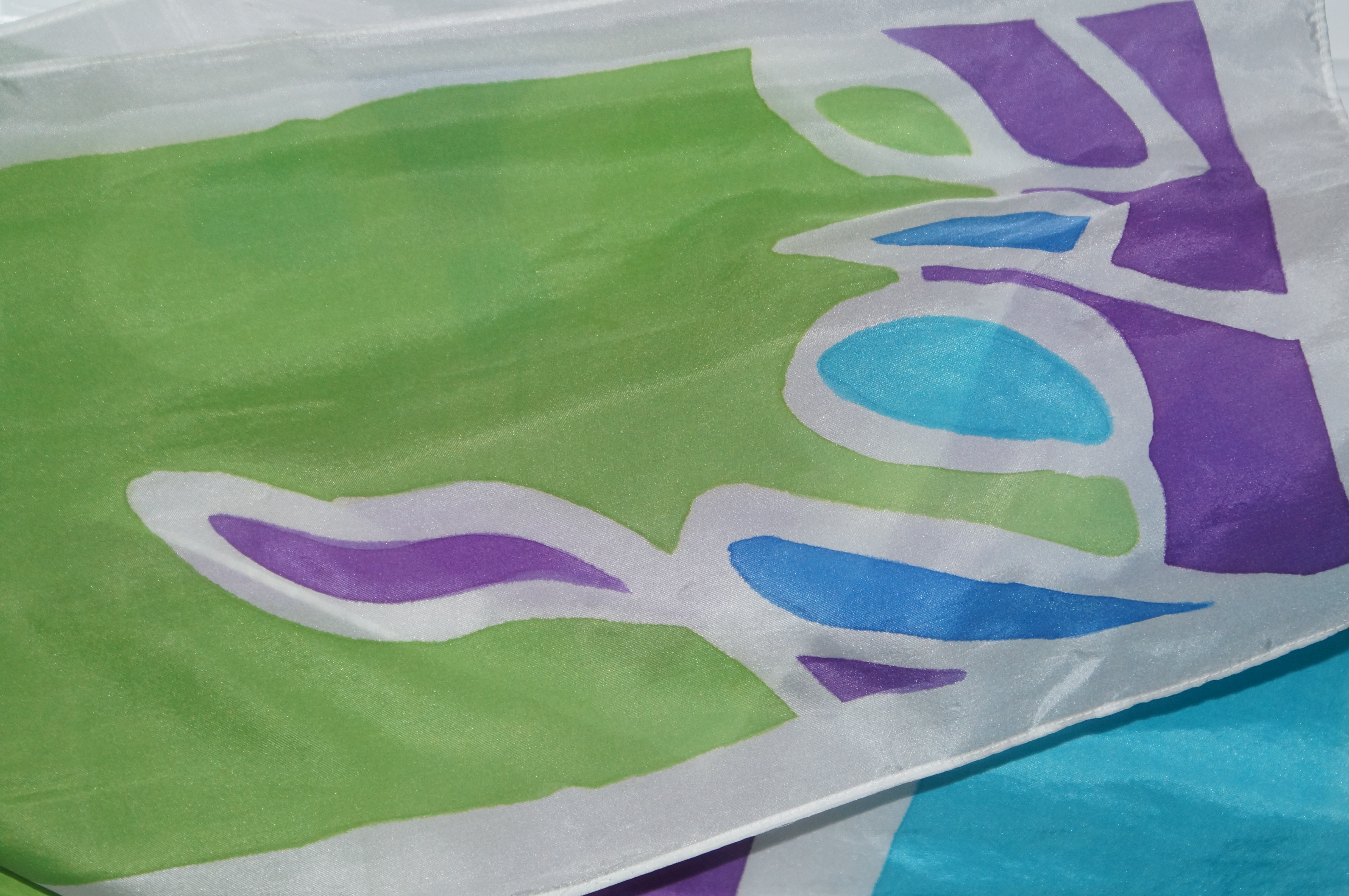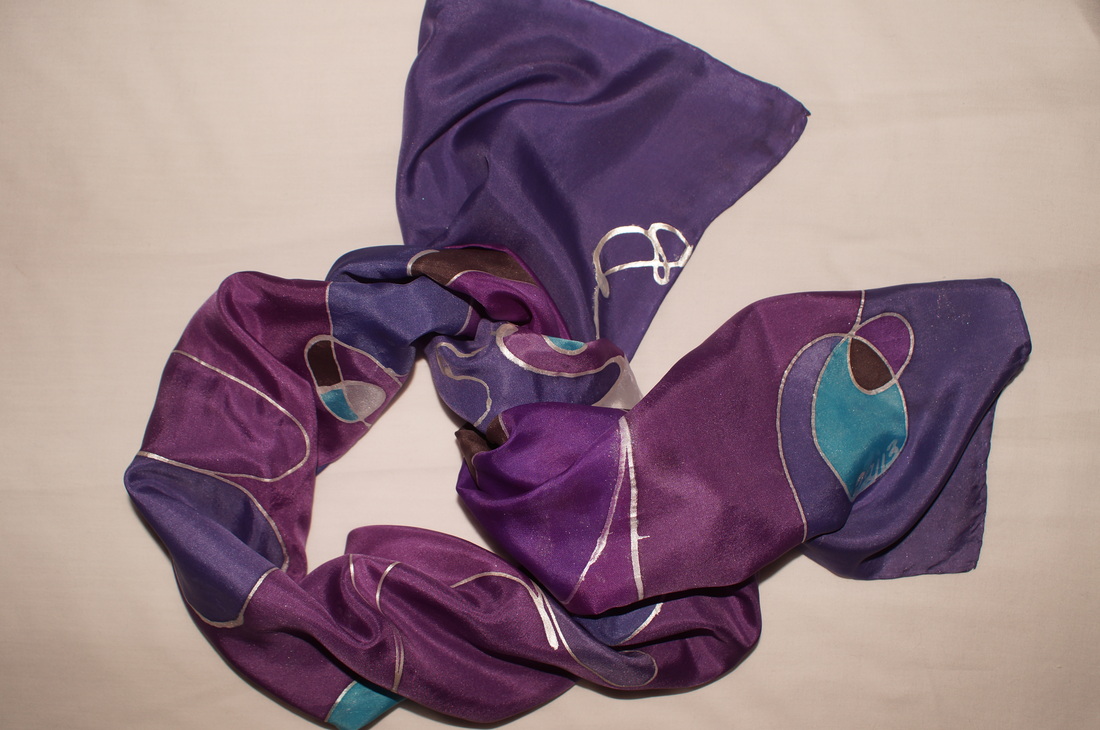Our Purpose
As a survivor of Domestic Violence I want to allow other survivors, and supporters the opportunity to make a difference in the lifes of women and children by purchasing a hand painted scarf for strength and hope, healing and support. This purchase will in turn support an agency that will bring programs to assist the victims and survivors.
Our Charities
Having recently returned to horseback riding and enjoying the therapeutic effect it brings and being a domestic violence survivor, we have selected a few charities that are close to Christine’s heart. We are always open to working with other charitable organizations. Please don’t hesitate to reach out with a suggestion of a cause or an agency you are passionate about.

Our Story
As a survivor of Domestic Violence Christine has been using silk painting as a way to express herself through a creative outlet since 1992. As the artist/ Christine has gotten more engaged in the cause and with local agencies, raising awareness of Domestic Violence has become more important over the last 10 years. During her time as a member of Board of Directors, one of her frustrations was finding revenue streams to support the causes she cares passionately about. Using her talents painting on silk she has supported various nonprofits with Art donations to special events. To further support these organizations who work to make our world a better place has been a dream of Christine’s for a long time. Now they can receive critical funds to further their amazing work while giving you the opportunity to own wonderful hand painted silk scarves created just for you.
Each piece is dyed by hand, creating unique one of a kind results. We love fulfilling custom requests.
Abstract patterns are the primary subjects of the silk art. In addition to dyed paintings & wall/window hangings (using Habotai 8 mm silk stretched and glued on coated metal wire circles or squares), we also create vibrantly colored fabric which she transforms into ‘wearable art’, such as scarves, ties, broaches and more.

About Silk Painting
It’s been done for centuries in Asia, it’s been big in Europe for years and now painting on silk is becoming very popular in the U.S. Partly it’s because silk is such an amazing fabric and more available now than ever before. But much of the interest is due to the French serti technique for applying dye to the silk – it has everything going for it – it’s easy, it’s clean, it’s fun, and you get startlingly beautiful results.
History of Silk Painting
Wax resist techniques for embellishing silk can be traced back to India in the second century A.D.
Gutta resist techniques are most likely a more recent development, but probably originated in the Indonesian islands where the pallaquium trees, from which gutta-percha is derived, grow naturally.
It’s a bit of mystery how silk painting found it’s way to Europe, but silk painters from France and Hungary believe their teachers learned the craft in France from members of the Russian czar’s family. In the 1920’s, hand-painted silk designs began to appear in haute couture of France. Upon the freeing of the colonies from King George the 3rd via the American Revolutionary War the prohibitive tariffs on silk were averted, thus allowing silk to become a new trend in Colonial American arts.
Silk started showing up in samplers, stitched-and-painted pictures and such in the early 1800’s, but by the 1840’s there was a distinct preference among the few colonial fine artists there were, for painting on silk. The medium was still very expensive to do, and so it was something of high art snobbery to behold or own a silk painting.
One may find that the abundance of silk painting waxed and waned with the activity of the silk mills in the New England states from 1840 on. When the mills closed their doors, people stopped painting on silk.



